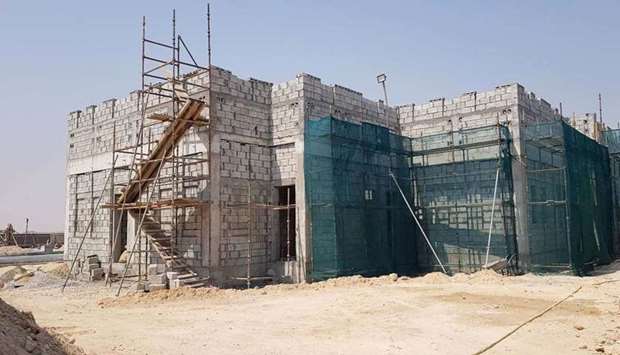 Eng Abdulaziz Mahmoud al-Ziyara |
Abdulaziz Mahmoud al-Ziyara, the director of the livestock department at the Ministry of Municipality and Environment (MME), said in a statement that these two projects will be completed in the coming months.
The two facilities will be the most sophisticated in the region and help enhance the handling capacity of incoming and outgoing consignmnets of livestock, while playing an important role in securing and protecting both human and animal health, as well as providing safe sources of animal protien.
Al-Ziyara noted that these two projects will support classification of the country in relevant international organisations, and guarantee the free and smooth movement of transit cargoes, as approved health facilities in the region, in addition to adding more import options from different countries.






He said that the design and layout of the two projects have been done according to the highest technical and construction standards in the field that comply with international standards.
Further, they will offer a wider potential for partnerships with private sector companies, easing the flow of livestock imports and exports.
The production lines for slaughter of camels at border slaughterhouses will further enhance the capabilities of the slaughterhouses of the country and create more opportunities for exporting meat products.
The quarantine near Al Rwais Port will have six barns across 16,000sqm, with a capacity of 16,000 heads of sheep and goats, or 1,600 camels or 2,600 cows.
It includes an incineration facility that can operate with a capacity of 650kg/hour, in addition to a semi-automated slaughterhouse with three production lines and a production capacity of 250 heads of sheep and goats, 50 camels, and 50 cows in a single shift.
The quarantine facility near Hamad Port stretches across 90,000sqm with 20 barns wide enough for 40,000 heads of goats and sheep, 2,000 camels or 4,000 cows, in addition to an incineration facility with a capacity of 650kg/hour and an automated slaughterhouse of three production lines with a capacity of 600 head of sheep and goats, 100 camels, and 100 cows in a single shift.



